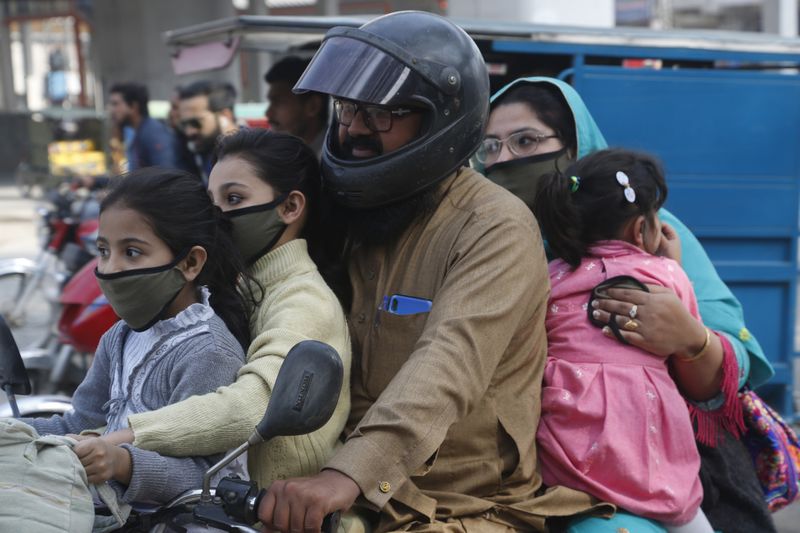The first case of COVID-19 was reported in the Chinese city of Wuhan in late November 2019. Since then, the virus has spread across the globe, infecting over 2.5 million people as of April 22.
However, the disease that has wreaked havoc in the developed world, has failed to prove as severe in a developing country like Pakistan. While the number of confirmed cases has risen far beyond a few hundred thousands in countries such as the United States (US) and Italy, Pakistan’s tally of COVID-19 cases stands at a relatively meager rate of 10,072 of which 2,156 have recovered and 212 have lost their lives.
This raises an interesting question: how has a country with far less resources successfully weathered a storm that has brought wealthier states to their knees?
The first possible explanation can be that the countries’ populace is more resistant to being infected by the virus. Usually, this resistance can only be imparted to humans based on previous exposure to the organism, which is also the basis of most vaccinations used to immune the masses.
The second possibility can be other diseases and vaccines that most probably granted resistance to people living in these areas.
Many diseases are endemic to this part of the World. Tuberculosis is one of the most commonly seen conditions, the treatment of which is also available. The Bacillus-Calmette Guerin (BCG) Vaccine is mandatory for newborns in countries such as Pakistan, India and Nigeria.
This same vaccine, however, is not mandatory in the developed world. It seems that countries that administer the BCG vaccine have reported far less cases of COVID-19 than those who do not.
No direct evidence, however, has so far surfaced in this regard.
Another disease endemic to these parts of the world is Malaria. At least 19 countries, including Pakistan bear 98 per cent of the global Malaria burden and hydroxychloroquine is used to treat it.
It has been observed that countries, where Malaria is rampant and hydroxychloroquine is routinely administered to patients, have encountered far less cases of COVID-19. Pakistan, India and Nigeria are among these countries. Unfortunately, just like the BCG vaccine, the effectiveness of hydroxychloroquine in treating COVID-19 cases has not yet been proven, but it has been approved for use in emergency cases by the US’ Food and Drug Administration (FDA).
The diseases commonly encountered in a region are not the only distinctive feature of the environment of that region — a widely held perception is that COVID-19 is less dangerous in warmer parts of the world. It is to be noted that warmer countries have also been hit by the pandemic.
Several other factors can be at play here.
Perhaps a less virulent strain of COVID-19 is encountered by people in these regions?
COVID-19 exists as two strains; a less common S-type strain (seen in 30% of COVID-19 cases) which was the original strain, and the more frequently encountered L-type strain (inflicting 70% of COVID-19 cases).
The World Health Organization (WHO) believes it is natural for viruses to mutate from one form to another and no strain is particularly more dangerous than the other. Age may play an important role in how rapidly the virus spreads as countries such as Italy and France, which have a higher percentage of old people, have fared worse against COVID-19 than countries such as Pakistan with a younger population.
There is also the possible case that less people are being tested for COVID-19 in developing countries leading to a lower number of confirmed cases. It must be noted, however, that the mortality rate is lower as well.
Clearly more research has to be conducted into what has allowed countries such as Pakistan to handle the COVID-19 pandemic better than the others across the globe. It could be any one of the factors discussed here or a combination of the variables that allowed it to withstand the worst of the COVID-19 situation.












